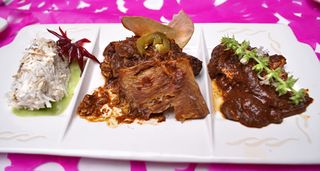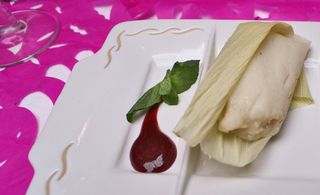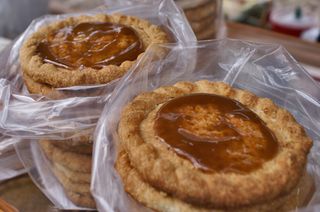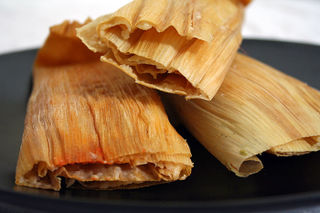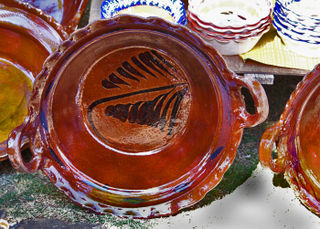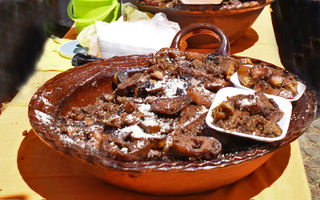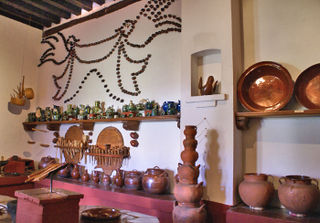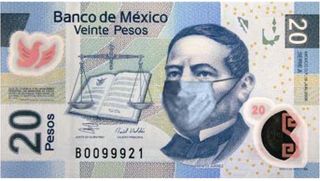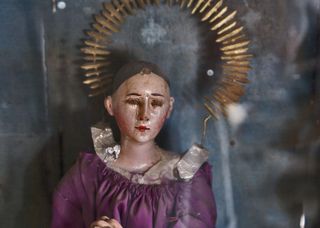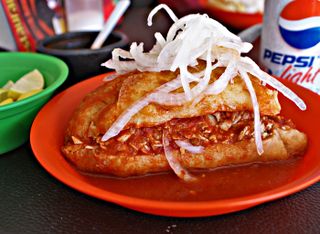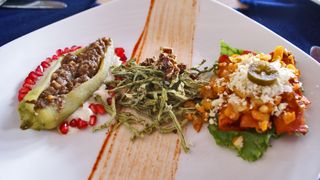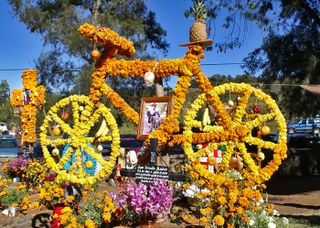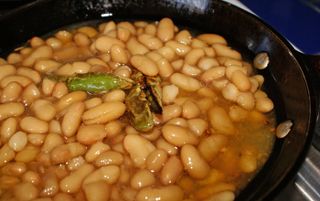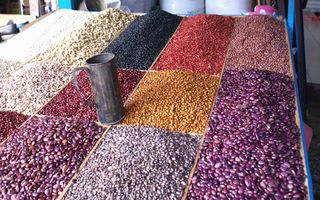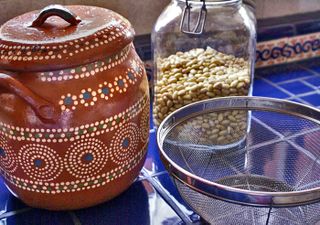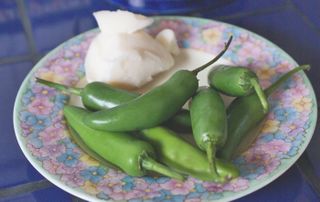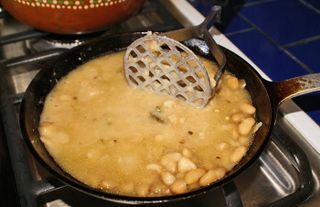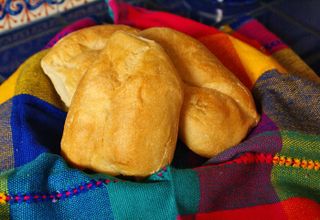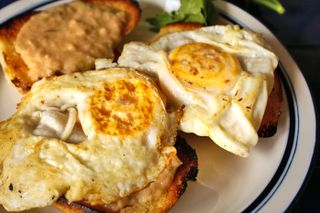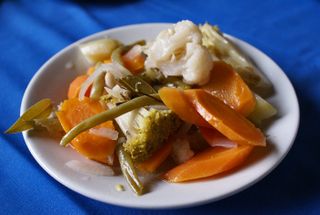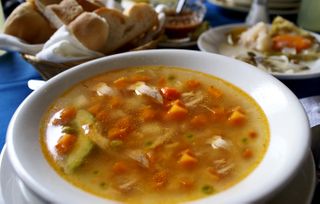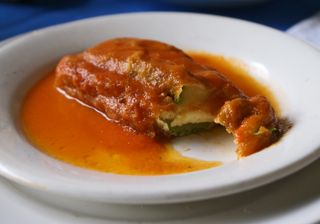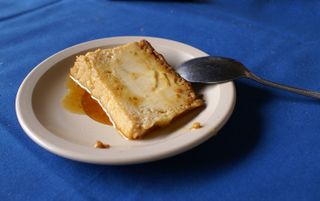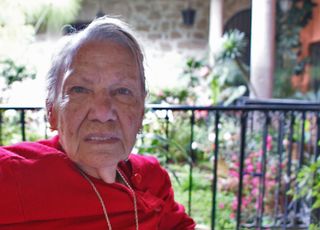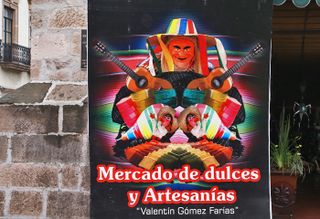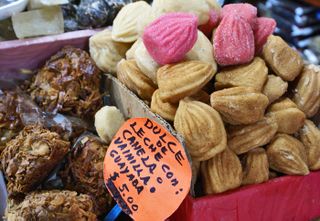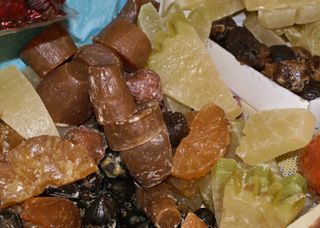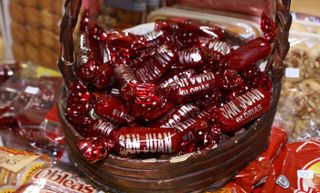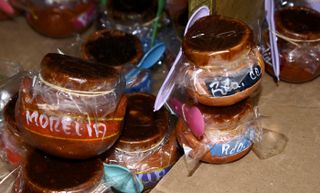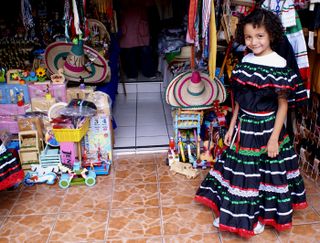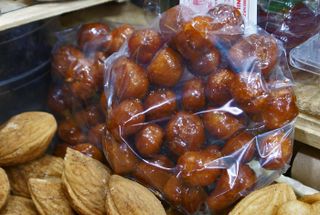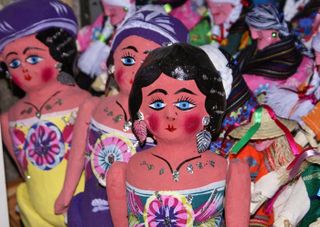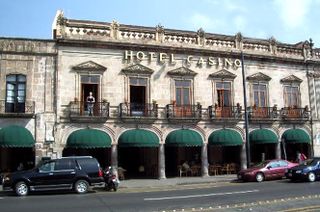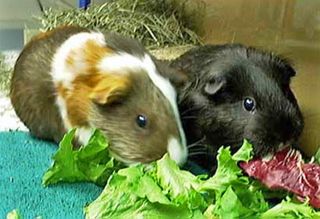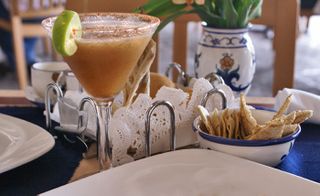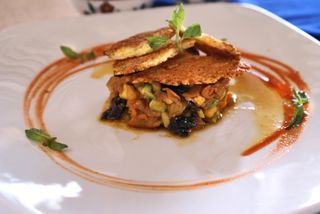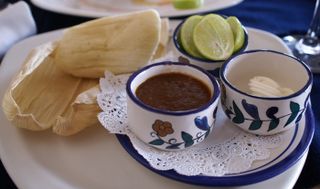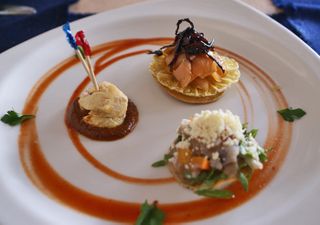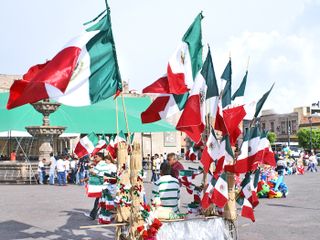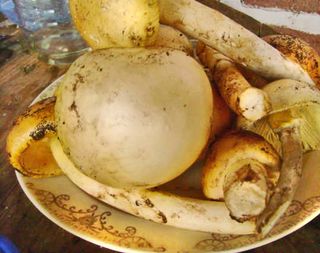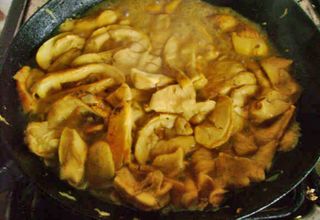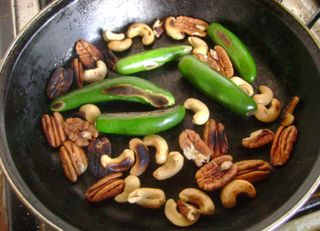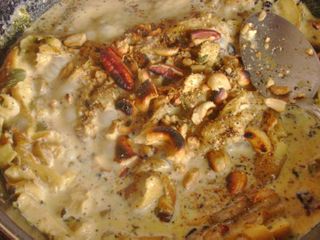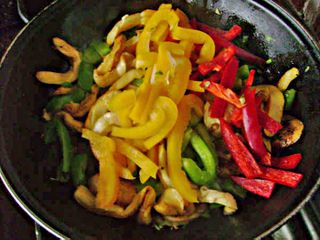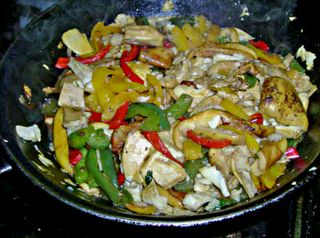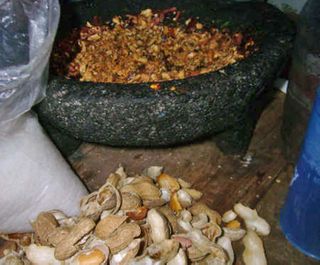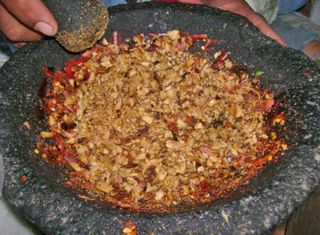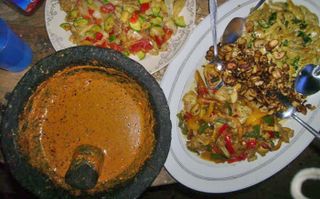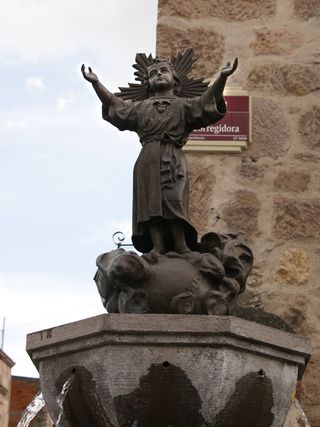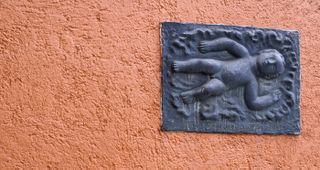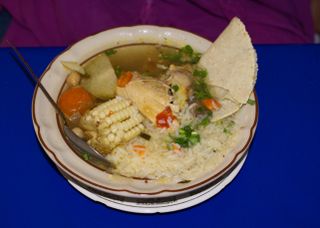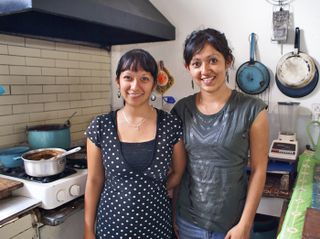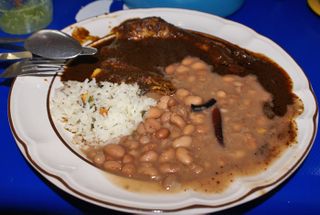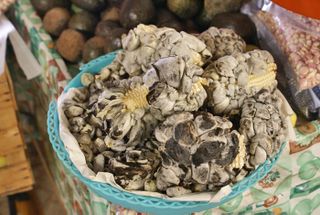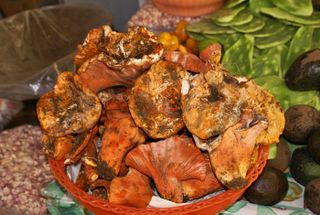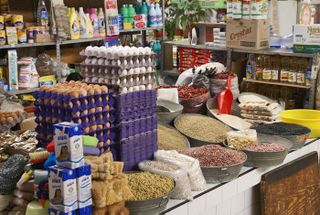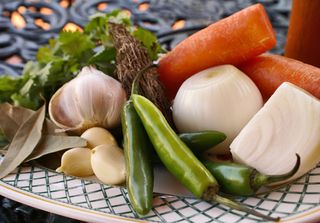
Seasoning ingredients for preparing the caldo (broth) for Mexican caldo de pollo (chicken soup). Clockwise from top right in the photo: unpeeled carrots, white onions, chiles serranos, garlic, fresh bay leaves, cilantro, and thyme.
Winter! Even in Mexico, the wind blows cold in the central highlands during late December and all of January. Daytime high temperatures in Morelia sometimes hover near 65°F, warm for you who live in northern climes but cold for us who have no heat source in our homes. Nighttime temperatures here can drop nearly 30 degrees below the daytime highs. In January, the weather gives us las cabañuelas, a few days of chilly drizzle said to predict the length and intensity of the summer rainy season. What better to warm us from the inside out than Mexico's traditional, rich, delicious caldo de pollo (chicken soup)? You who live in colder countries will love it as much as we do. Nothing could be simpler to prepare. The ingredients are easy to obtain, the broth all but cooks itself, and the final preparations are a snap.
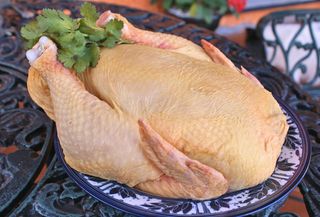
This beautiful chicken weighed approximately 5.5 pounds before cooking.
Mexico's chickens are perfectly suited to caldo de pollo. Yellow skin and pink flesh create a fragrantly savory stock. If you've traveled to Mexico and visited our markets, you may have wondered why our recently sacrificed raw chickens look so…so chicken-y, so golden and inviting. They're fed marigold petals along with their feed! The bright golden color of the flowers is transmitted not only to their skin and flesh, but also to the yolks of their eggs, which sit up high and bright in your breakfast skillet. Several years ago, a shall-remain-nameless neighboring country to the north imported some of its frozen chicken to our supermarkets: gray, lifeless whole chickens and lumps of breast and leg meat lay in freezer compartments waiting to be purchased. Mexican housewives looked at these icy products and recoiled. Little sold and I notice that little imported chicken is currently available in the supermarkets I visit.
Mexico Cooks! prefers to remove as much fat as possible from the chicken before cooking, leaving only a little to give body and flavor to the broth.
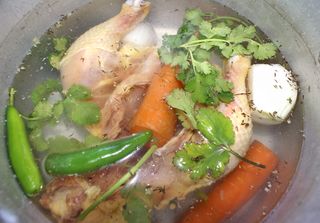
In the pot: the chicken back and legs, along with the seasoning ingredients and water, ready to cook.
Caldo de Pollo (Mexican Chicken Soup)
For the broth
1 whole chicken, approximately 5-6 pounds
1 1/2 white onions, peeled
2 large cloves garlic, peeled
2 large carrots, peeled and cut in half
2 chiles serranos, sliced from tip to stem end
2 bay leaves
6 stems cilantro
Large pinch of thyme
Sea salt to taste
Water
Stock pot
Procedure
Remove as much fat as possible from the raw chicken. Remove the bag of menudencias (heart, gizzard, liver, etc). Mexico Cooks! prefers to separate the entire breast and wings from the back and legs, using the back and legs for preparing the broth and reserving the breast and wings for later use.
Put the chicken and all seasoning ingredients except the salt into the stock pot. Add approximately 12-14 cups cold water. Bring to a boil, lower to simmer. Skim the broth once. Simmer, partially covered, for approximately 1.5 hours. Cool slightly and add sea salt to taste. Remove all vegetables, herbs, and the chicken back and legs from the pot. Chill the broth overnight and peel off any congealed fat.
Because my partner and I prefer to eat breast meat, I often shred the cooked leg and back meat to be used in other recipes. However, when I made this batch of caldo de pollo, I took large chunks of the dark meat and added them to the broth.
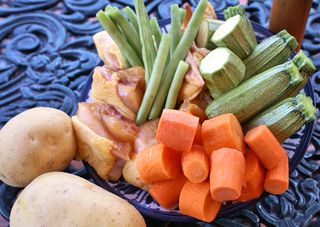
Ingredients for the final preparation of the caldo de pollo, to cook in the broth just before serving. Clockwise from top right: calabacitas (tender zucchini, about 3" long), peeled carrots, chicken breast, fresh green beans. Potatoes, ready to be peeled, are in the foreground.
To finish the caldo de pollo
Ingredients
1/2 pound fresh green beans, broken in thirds
4 carrots, peeled and cut into 2" lengths
4 to 6 calabacitas (tiny zucchini will do), cut into 2" lengths
2 or 3 large potatoes, cut in eighths
2 half chicken breasts, cut into three pieces each
2 chicken wings, pointed end sections removed
About an hour before mealtime, bring the broth to a simmer. Add all of the above ingredients to the broth. Simmer for half an hour, or until the chicken and vegetables are done.
During the half hour that the vegetables and chicken are cooking in the caldo de pollo, prepare a pot of traditional Mexican rice. In a couple of tablespoons of vegetable oil, sauté the amount of rice you want (I usually use 1 or 2 cups of raw rice) until the rice is uniformly golden brown. Add 2 cups of tomato water for every cup of rice, bring to a boil, cover the pot and lower the heat to simmer until the rice is fluffy, about 20 minutes.
Tomato Water for Rice
2 Roma tomatoes, roasted on a comal (griddle)
2 cups water
Salt to taste
Add all ingredients to your blender and whiz until smooth. Strain through a fine colander and use for cooking rice.
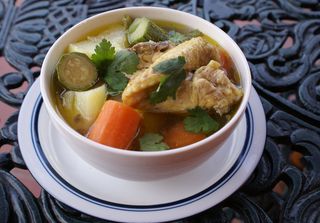
The finished product, steaming and delicious on a winter day–or any day!
At meal time, have the following on the table: a large bunch of fresh cilantro in a glass of water; a plate of halved limones or limes, a dish of sea salt; and a cooked (not raw) or bottled table salsa of your choice. Plenty of hot-from-the-griddle corn tortillas round out your meal.
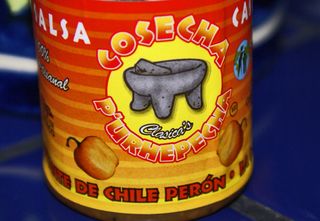
Mexico Cooks! favorite bottled salsa: Cosecha Purhépecha Salsa Casera de Chile Perón (Home-style Chile Perón Salsa). It's made in Chilchota, Michoacán, only a couple of hours from Morelia.
To serve your caldo de pollo, add a large spoonful or two of steaming hot rice to each diner's bowl. Next, add chicken and a good amount of vegetables. Fill each bowl with hot, fragrant broth. Each person can then add a pinch of sea salt, some cilantro leaves, a squeeze or two of jugo de limón, and salsa to his or her own taste.
Makes four to six servings with rich broth left over for other uses.
Provecho!
Looking for a tailored-to-your-interests specialized tour in Mexico? Click here: Tours.


